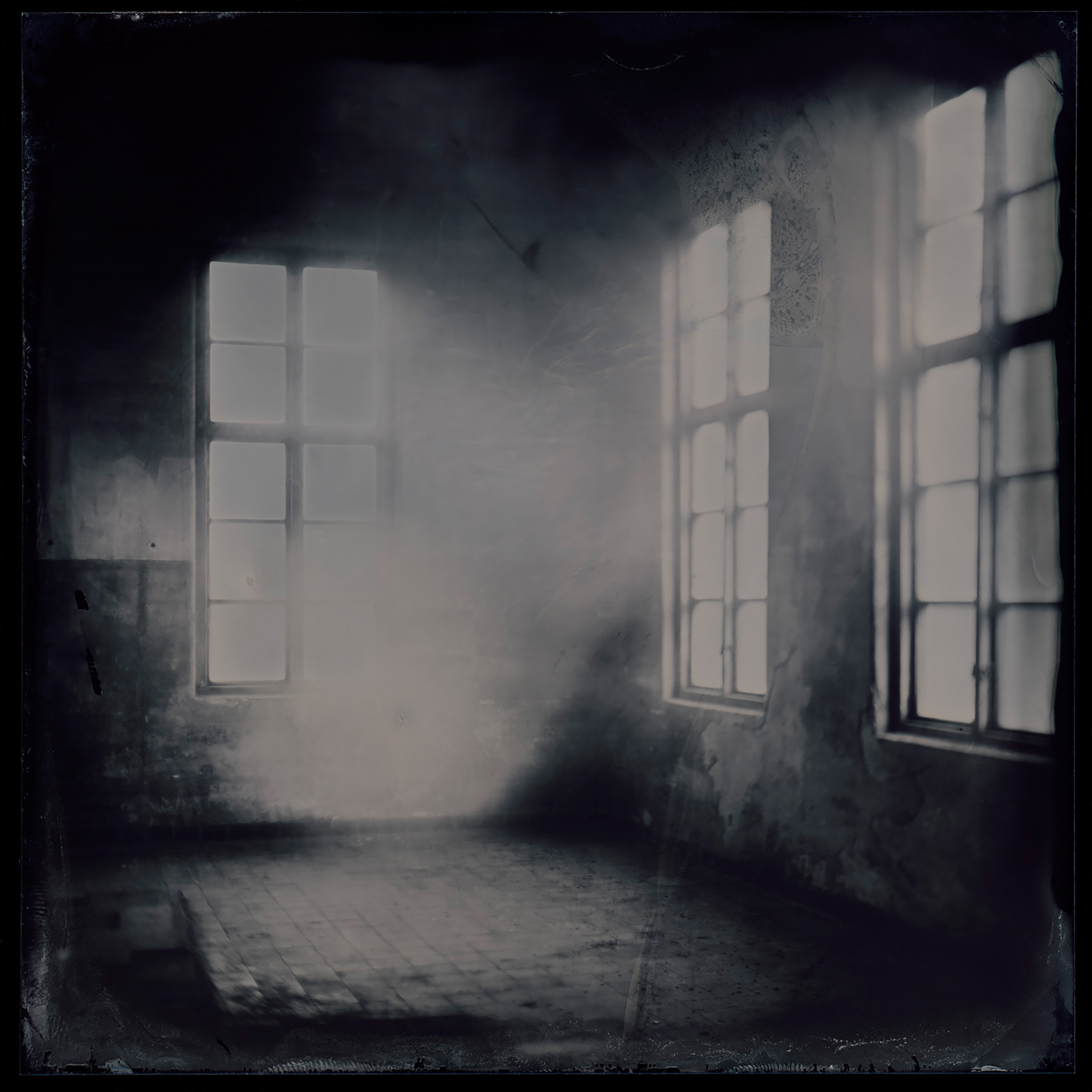Hallow Ground bringen Anfang April eine neue LP des schwedischen Gitarristen und Dronemusikers David Granström heraus. “Empty Room” ist so etwas wie das Schwesteralbum von Mats Erlanssons “Minnesmärke”, das ebenfalls von dem Schweizer Haus veröffentlicht wird und enthält fünf vielfarbig schillernde, hypnotische Tracks, deren mal filigrane, mal metallschwere Klanggestalt von Labelseite mit Arbeiten von Fennesz und Sunn O))) verglichen wurden. Auch Granströms Kompositionen wurden für ein Projekt im Kunstzentrum Ställbergs Gruva, einer stillgelegten Grube, konzipiert und sind auf die Geschichte und die örtlichen Besonderheiten der ehemaligen Bergbauregion Bergslagen bezogen. Aufnahmeort ist das innere der Mine.
“On Empty Room, David Granström works with slow transformations, cyclical and isometric patterns as well as just intonation as a way to create harmonic stability, allowing his long-form pieces to develop their own unique temporal and spatial qualities. A prolific figure in Stockholm’s experimental drone scene and a collaborator of Hallow Ground label mates Maria W Horn and Mats Erlandsson, the Swedish composer navigates through moments of quietude and crushing volume on these five tracks. [...] The album is marked by melodies and harmonies that are the product of a peculiar working process that turned the composer into an intent listener collaborating with, rather than simply using technology.
Having been invited by the self-organising artist group The Non Existent Center for a residency to Ställbergs Gruva, a defunct iron ore mine in Sweden’s Bergslagen region, Granström took his guitar as a starting point for his compositional work that heavily relies on real-time sound synthesis. Through the re-amplification of synthetic musical materials from the inside of the abandoned mine, his original compositions were enriched with site-specific sound qualities before he further refined them in a singular working process. Granström works with algorithmic and generative processes, using the SuperCollider programming environment and thus blurring the lines between generative and creative forms of composition.” (Hallow Ground)
